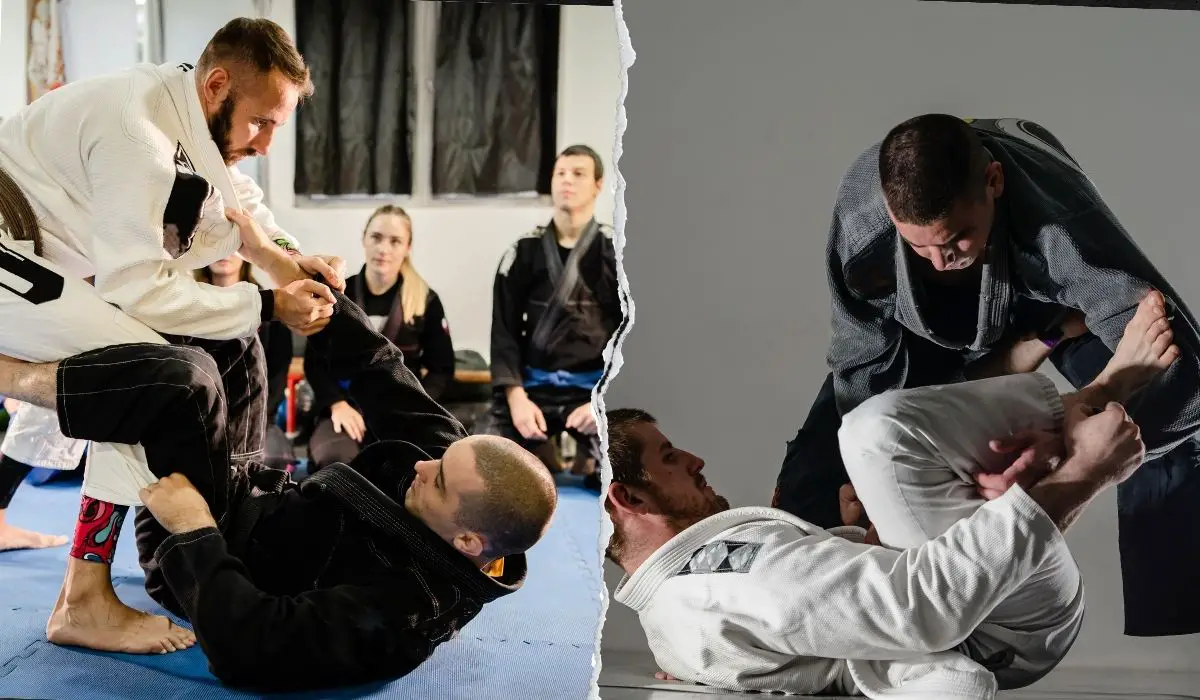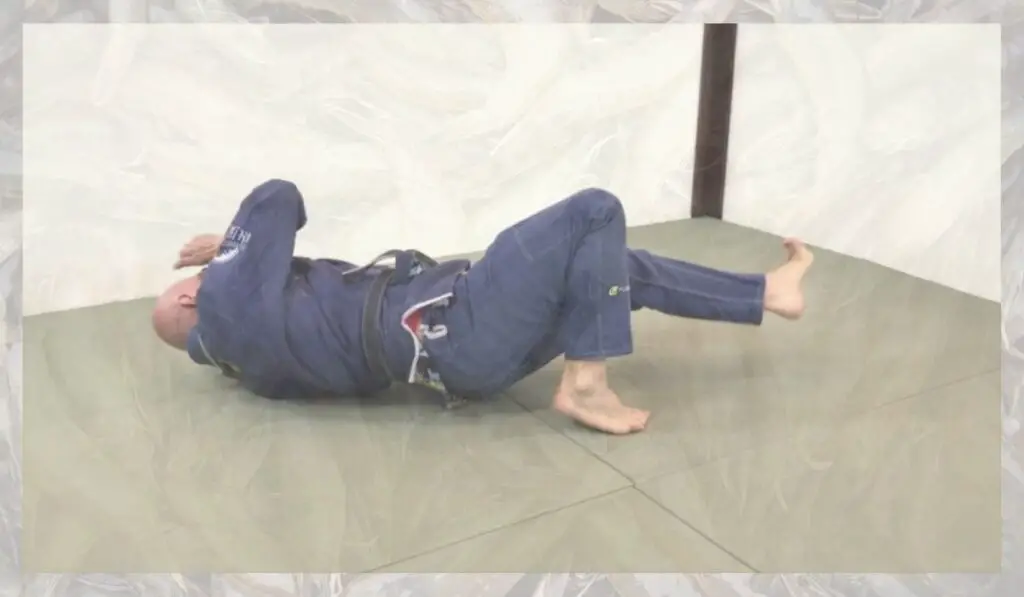Have you ever wondered what makes Brazilian Jiu-Jitsu a unique and captivating martial art? Unlike striking-based disciplines, BJJ is a chess game of human bodies, focusing on ground fighting and grappling. At the heart of this intricate art are two primary roles: the Guard Passer and the Guard Player. Each embodies a distinct strategy and philosophy, reflecting the depth and complexity of BJJ.
This article delves into these two archetypes, exploring their techniques, strategies, and the dynamic interplay that makes BJJ not just a sport but a fascinating study of human movement and strategy. Understanding these roles is essential for practitioners and anyone seeking to appreciate the subtleties and depth of this martial art.
Type of Jiu-Jitsu Players

The Guard Passer
In Brazilian Jiu-Jitsu, the Guard Passer is akin to a tactician who seeks to dismantle their opponent’s defenses.
The primary objective of a Guard Passer is to bypass the guard – a defensive position where the opponent uses their legs for protection – and gain a more dominant position.
This role demands a blend of physical attributes like strength, agility, and a tactical mindset. Guard Passers often employ a variety of strategies to achieve their goal.
Pressure passing, for instance, involves using body weight and control to exhaust and eventually break through the opponent’s guard. On the other hand, speed passing relies on quick movements and agility to outmaneuver the guard player.
Combination passing is a more complex strategy that combines elements of both pressure and speed, often keeping the guard player guessing.
Techniques such as the Knee Slice, where the passer cuts through the guard with a knee, and the Double Under, involving lifting and controlling both of the opponent’s legs, are staples in a Guard Passer’s arsenal. The Over-Under pass, a combination of holding one leg over and the other under, is another popular technique.
Famous practitioners like Rodolfo Vieira and Bernardo Faria have exemplified the effectiveness of guard passing in high-level BJJ competitions, showcasing the blend of physical prowess and strategic insight required in this role.
The Guard Player
Contrasting the Guard Passer is the Guard Player, an archetype that embodies the defensive and creative aspects of Brazilian Jiu-Jitsu.
The Guard Player’s goal is to maintain control from the bottom position, using their legs to create barriers and opportunities for submissions or sweeps (reversals). This role is characterized by flexibility, creativity, and a deep technical understanding of BJJ.
Guard players have a plethora of styles and techniques at their disposal. The Closed Guard, where the legs are wrapped around the opponent’s torso, is a fundamental position allowing various submissions and sweeps.
The Open Guard offers more dynamic and versatile options, with sub-styles like the Spider Guard, using the feet in the opponent’s biceps for control, and the De La Riva Guard, hooking one leg around the opponent’s thigh.
Techniques from the guard are vast and varied. Submissions like the Triangle Choke and Armbar are common threats Guard Players pose. Sweeps such as the scissor swing or the flower swing enable the guard player to reverse positions, gaining an advantage over the opponent.
Notable Guard Players in the BJJ community include Marcelo Garcia, known for his Butterfly Guard and X-Guard, and the Mendes Brothers, who revolutionized the use of the De La Riva Guard. Their matches are a testament to the effectiveness and technical depth of playing guard in BJJ.
The Interplay and Balance
The dynamic between Guard Passers and Guard Players is fascinating to Brazilian Jiu-Jitsu. It’s a dance of attack and defense, where each practitioner’s skills and strategies are constantly tested.
A Guard Passer must read the Guard Player’s setup, anticipate movements, and adapt their passing strategy accordingly. Conversely, the Guard Player must be equally skilled in adjusting their guard, setting traps, and exploiting openings.
This interplay is not just a physical contest but a mental one. It requires practitioners to think several steps ahead, akin to a chess match.
Understanding both roles is crucial for a well-rounded BJJ game. A practitioner who can pass and play guard effectively is often more adaptable and unpredictable in competition.
The study of these roles also offers valuable insights into BJJ’s philosophy. It highlights the importance of balance, adaptability, and the continuous pursuit of knowledge. Whether one prefers to pass the guard or play from it, the journey of mastering these roles encapsulates the essence of Brazilian Jiu-Jitsu.
Conclusion
The roles of Guard Passer and Guard Player are fundamental to the art and sport of Brazilian Jiu-Jitsu. They represent the strategic depth and technical diversity that make BJJ a challenging and rewarding martial art.
Understanding and mastering these roles is essential for practitioners to develop a comprehensive and practical BJJ game. For enthusiasts and spectators, appreciating the nuances of these roles enhances the enjoyment and understanding of the sport.
As Brazilian Jiu-Jitsu continues to evolve, so will the techniques and strategies of Guard Passers and Guard Players. This evolution reflects the dynamic nature of BJJ, where adaptation and innovation are constant.
For those embarking on their BJJ journey, exploring and appreciating both aspects of the game is beneficial and necessary for personal growth and success in this art.



